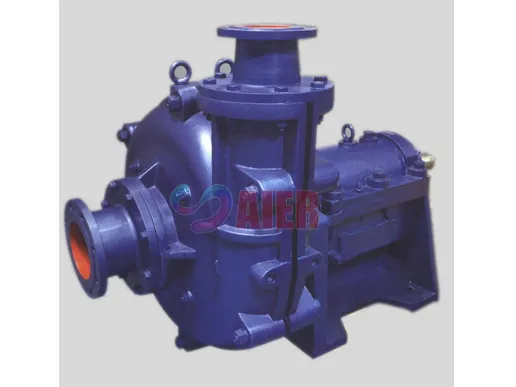Oct . 19, 2024 00:33 Back to list
slurry pump components factory
Understanding Slurry Pump Components A Comprehensive Overview
Slurry pumps play a crucial role in various industries, particularly in the mining, metallurgy, and chemical sectors. They are specifically designed to handle mixtures of water, solids, and other materials, commonly referred to as slurries. The efficiency of these pumps largely depends on the quality and functionality of their components. This article explores the essential components of slurry pumps, their functions, and the factors that influence their performance.
Key Components of Slurry Pumps
1. Pump Casing The casing is the outer shell of the pump that houses the internal components and contains the slurry. Typically made from robust materials, such as cast iron or rubber-lined steel, the casing is designed to withstand high pressures and abrasive conditions. A well-designed casing minimizes wear and protects the pump from the corrosive nature of certain slurries.
2. Impeller The impeller is the heart of the slurry pump, responsible for converting the mechanical energy from the motor into hydraulic energy. It draws the slurry into the pump and propels it towards the discharge port. Impellers can be designed in various shapes and sizes, depending on the specific application and the properties of the slurry being pumped. Heavy-duty impellers made from high-chrome alloys are often used to enhance durability against abrasive materials.
3. Wear Plates To protect the impeller and casing from wear due to abrasive slurries, wear plates are installed. These plates are typically replaceable, allowing for maintenance without necessitating the replacement of entire components. Regular inspection and timely replacement of wear plates can significantly extend the lifespan of the pump.
4. Suction and Discharge Nozzles These nozzles direct the flow of the slurry into and out of the pump. The design of the suction nozzle is critical for minimizing cavitation, which can occur when the pressure falls below the vapor pressure of the slurry. A well-designed discharge nozzle ensures efficient transfer of the slurry while reducing turbulence and energy losses.
5. Mechanical Seals and Bearings Mechanical seals are vital in preventing leakage of the slurry and maintaining a seal between the rotating shaft and the static casing. The choice of mechanical seal depends on the type of slurry being pumped and the operating conditions. Bearings support the rotating shaft and are subject to the axial and radial loads generated during operation. Proper selection and maintenance of seals and bearings can prevent downtime and costly repairs.
slurry pump components factory

6. Drive Mechanism Slurry pumps are often powered by electric motors, but they can also utilize diesel engines or hydraulic drives depending on the application. The drive mechanism needs to be appropriately matched to the pump’s requirements to ensure efficient operation. Additionally, variable frequency drives (VFDs) are becoming increasingly popular as they allow for more precise control of pump speed and flow rate.
Factors Influencing Pump Performance
The performance of a slurry pump can be affected by several factors, such as
- Slurry Characteristics The density, viscosity, and abrasiveness of the slurry can significantly impact the pump's ability to operate efficiently. It is crucial to choose the right pump components that can withstand these properties.
- Operating Conditions Factors such as temperature, flow rate, and pressure play a critical role in determining pump performance. Understanding the operating environment is essential for selecting appropriate materials and designs.
- Maintenance Practices Regular maintenance is vital to ensuring that all components function optimally. Routine inspections, timely replacements of worn parts, and proper lubrication can prevent unplanned downtimes.
Conclusion
Slurry pumps are indispensable in various industrial processes, and their components must be carefully selected to match the specific requirements of the application. By understanding the critical components and factors affecting performance, operators can ensure efficient operation and longevity of slurry pumps. Investing in high-quality components, coupled with sound maintenance practices, is essential for maximizing productivity and minimizing operational costs. In a competitive industrial landscape, the reliability of slurry pumps can make a significant difference in overall productivity and profitability.
-
High Quality Slurry Pump Seals Reliable China Suppliers & Manufacturers
NewsJun.24,2025
-
High Quality Portable Submersible Slurry Pump Supplier & Manufacturer from China
NewsJun.10,2025
-
Slurry Pump Parts Manufacturer – High Quality Rubber Spare Parts from China
NewsJun.10,2025
-
High Quality 1/3 HP Submersible Sump Pump with Vertical - Reliable Supplier & Factory Price
NewsJun.10,2025
-
High-Efficiency Centrifugal Slurry Pumps India
NewsJun.10,2025
-
High Quality Warman Centrifugal Slurry Pump Suppliers & Factory
NewsJun.10,2025
